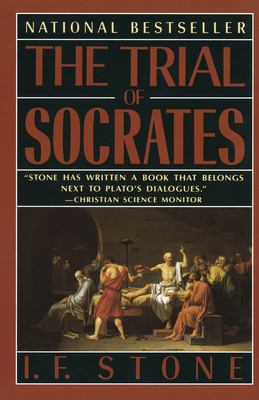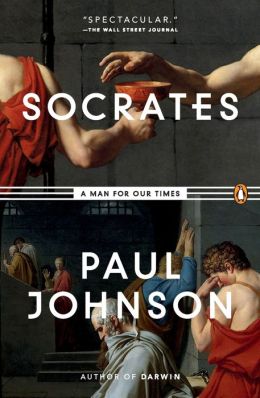New Book and New Monograph
Wednesday, April 10th, 2013
The Strategy Bridge by Colin S. Gray
I have been eager to read this book by the eminent Anglo-American strategist Colin Gray ever since Adam Elkus sang it’s praises and now I have a hardcover copy thanks entirely to an enterprising amigo. A description from Oxford Scholarship:
The Strategy Bridge: Theory for Practice is an original contribution to the general theory of strategy. While heavily indebted to the writings of Carl von Clausewitz, Sun Tzu, and the very few other classic authors, this book presents the theory, rather than merely comments on the theory, as developed by others. Bridge explains that the purpose of strategy is to connect purposefully politics and policy with the instruments they must use. The primary focus of attention is on military strategy, but this subject is well nested in discussion of grand strategy, for which military strategy is only one strand. Bridge presents the general theory of strategy comprehensively and explains the utility of this general theory for the particular strategies that strategists need to develop in order to meet their historically unique challenges. The book argues that strategy’s general theory provides essential education for practicing strategists at all times and in all circumstances. As general theory, Bridge is as relevant to understanding strategic behaviour in the Peloponnesian War as it is for the conflicts of the twenty?first century. The book proceeds from exposition of general strategic theory to address three basic issue areas that are not at all well explained in the extant literature, let alone understood, with a view to advancing better practice. Specifically, Bridge tackles the problems that harass and imperil strategic performance; it probes deeply into the hugely under?examined subject of just what it is that the strategist produces—strategic effect; and it ‘joins up the dots’ from theory through practice to consequences, by means of a close examination of command performance. Bridge takes a holistic view of strategy, and it is rigorously attentive to the significance of the contexts within which and for which strategies are developed and applied. The book regards the strategist as a hero, charged with the feasible, but awesomely difficult, task of converting the threat and use of force (for military strategy) into desired political consequences. He seeks some control over the rival or enemy via strategic effect, the product of his instrumental labours. In order to maximize his prospects for success, the practicing strategist requires all the educational assistance that strategic theory can provide.
I am unfortunately in the midst of a large project for work, but The Strategy Bridge is now at the very top of my bookpile and I will review it when I am finished.
And as long as we are on the subject of Professor Gray, he ventured into the murky domain of cyber war recently, publishing a monograph on the subject for The Strategic Studies Institute:
Making Strategic Sense of Cyber Power: Why the Sky is not Falling
Obviously, Dr. Gray is not in the “Cyber Pearl Harbor” camp:
The revolution in military affairs (RMA) theory of the 1990s (and the transformation theory that succeeded it) was always strategy- and politics-light. It is not exactly surprising thatthe next major intellectual challenge, that of cyber, similarly should attract analysis and assessment almost entirely naked of political and strategic meaning. Presumably, many people believed that “doing it” was more important than thinking about why one should be doing it. Anyone who seeks to think strategically is obliged to ask, “So what?” of his or her subject of current concern. But the cyber revolution did not arrive with three bangs, in a manner closely analogous to the atomic fact of the summer of 1945; instead it ambled, then galloped forward over a 25-year period, with most of us adapting to it in detail. When historians in the future seek to identify a classic book or two on cyber power written in the 1990s and 2000s, they will be hard pressed to locate even the shortest of short-listable items. There are three or four books that appear to have unusual merit, but they are not conceptually impressive. Certainly they are nowhere near deserving (oxymoronic) instant classic status. It is important that cyber should be understood as just another RMA, because it is possible to make helpful sense of it in that context. Above all else, perhaps, RMA identification enables us to place cyber where it belongs, in the grand narrative of strategic history….
Read the rest here.











